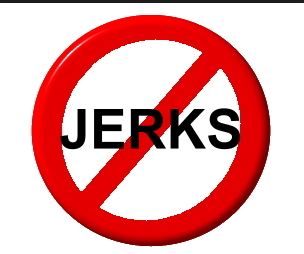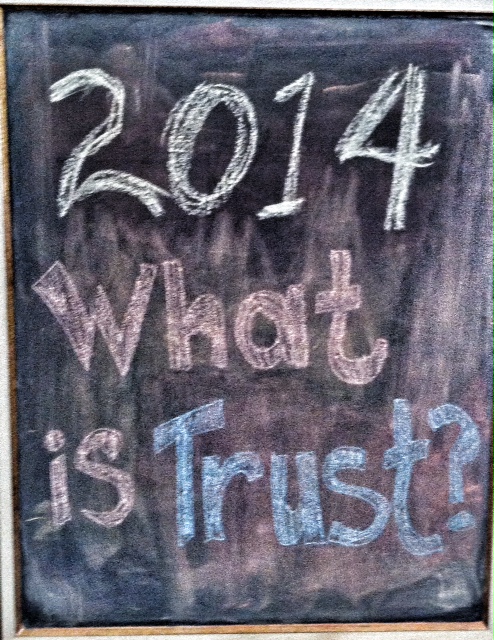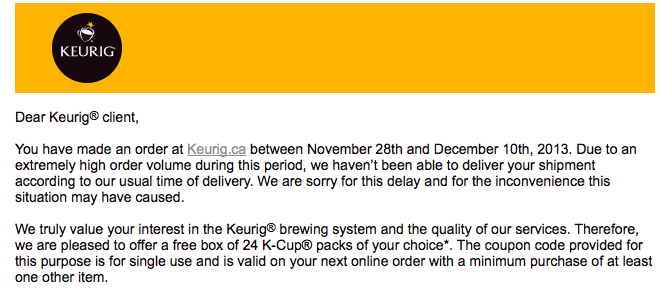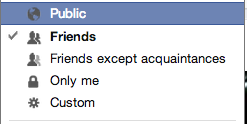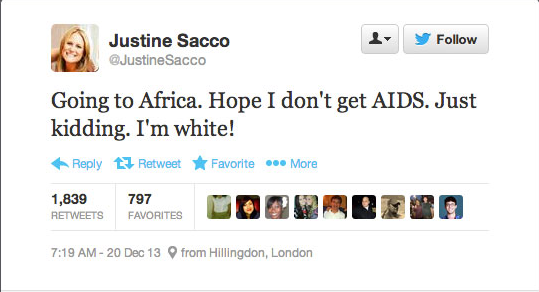10 Ways to Avoid Looking Like a Jerk When Using Email
We all know people who would rather email than pick up the phone or even walk down the hall to talk to someone. Heck, if I am being honest, I have even done that. Sometimes it is done through laziness other times it could be to CYA. C’est la vie, right? For the most part, yes; however, there are times that the answer is no. So, here are 10 ways to avoid looking like a complete jerk when using email:
10. Use “Reply All” Judiciously
Not every email needs to have everyone on the distribution list or even an entire string. It is good etiquette to acknowledge that some information is for information only. On top of that, it is good practice to acknowledge that email is moving to a smaller distribution list who can and will and act on the issue(s). When more information is ready, the entire group will be added back to the email distribution. Being up front and transparent about actions is important.
9. Understand the “To” and “CC” Fields
Think about who needs what information and when. For example, many people don’t realize that when sending an email and using the “To” section, you are actually looking for feedback or input from that person or persons. Using the “CC” section is to ensure that you are providing information to people so that they are in the know, but not necessarily for response.
If you are CC’ed on a message you do not need to respond if you don’t have something to add or contribute. People often feel that they need to respond to all email even when CC’ed. The fact is, you don’t.
8. Double Check Spelling and Grammar
To err is human and everyone makes mistakes from time to time in what they write and heck even in speech. Despite this, mitigate the damage and do good proof read.
7. Work to Keep Email Short
Ever receive an email and see paragraph after paragraph and think…”Do I really have to read all of this?” Sure you have. If you feel this way, think about others and avoid having your audience dread your email. If you are about to recite War and Peace, it might be better to call a meeting.
6. Format Email
Make it easy for readers. Don’t blend all content in one long paragraph. Break it up with spaces, bullets, etc.
5. Have a Large Attachment to Send? Ask first
Some organizations restrict the size of incoming email. It is best to ask in advance if there could be an issue and/or if they would prefer to receive the information via another medium.
4. Know When Not to Use Email
If your email could be perceived as alarming, punishing or angry, it would be best to pursue other communication channels. For example, ask yourself if it would be better to meet in person to help put the issue in context and to be able to answer questions/concerns immediately.
3. Avoid Using All Caps
I am surprised that some people still don’t know that using all caps is the equivalent to yelling at someone, but it would appear that this is the case. In a few instances when people have sent me an email with sentences written entirely in caps, I called to ask what I had done to cause the person to yell. The person who sent the email was completely surprised that I took it that way and was only intending to draw more attention to a particular sentence.
2. Know When to BCC Others and Use Caution
When sending out a mass email to people it is best to BCC the entire distribution list. This helps protect people from unwanted return emails or in some cases, protects privacy.
Where it becomes really tricky is when a person responds to someone and BCCs others in order to make the another person look back or to CYA. It only takes one “Respond to All” by the person who was BCCed or a conversation to realize that there is a trust issue at hand.
1. Respect People
It goes without saying that you should not put anything in an email that you wouldn’t want a third-party to read. That being said there are some expectations by the sender that the receiver will not respond and include others in the email, except in certain circumstances:
Some acceptable times to include others in an email distribution that they were not originally cc’ed on include:
- You have changed jobs and the person sending the email is looking for assistance based on your old role
- A person is looking for help or advice in a particular area and as a result sent an email asking if you know of someone who could assist
- The originator of the email is looking for contact information for another party.
These are three examples where cc’ing another party is completely acceptable. In each case, the person responding would include the third-party and offer an explanation and/or introduction.
Some examples of when it is not acceptable and makes you look kinda like a jerk include:
- A person in authority sends an email looking for information and you respond sending the information, but include others. In this case you should let the person in authority determine if and when another will get the information. There could be a very good reason that the person was not included in the original email.
- A colleague sends an email and either has inaccurate information or missing information and you respond correcting the person and cc their boss.
- The sender of the email has or is looking for information from you and in your response you cc the entire department and/or management.
In all these cases, the person who responds and adds others to the email really comes across as trying to make the other person look bad.
What has been your experience with email? Have any items to add to this list? Disagree with any? We would love to hear from you.

